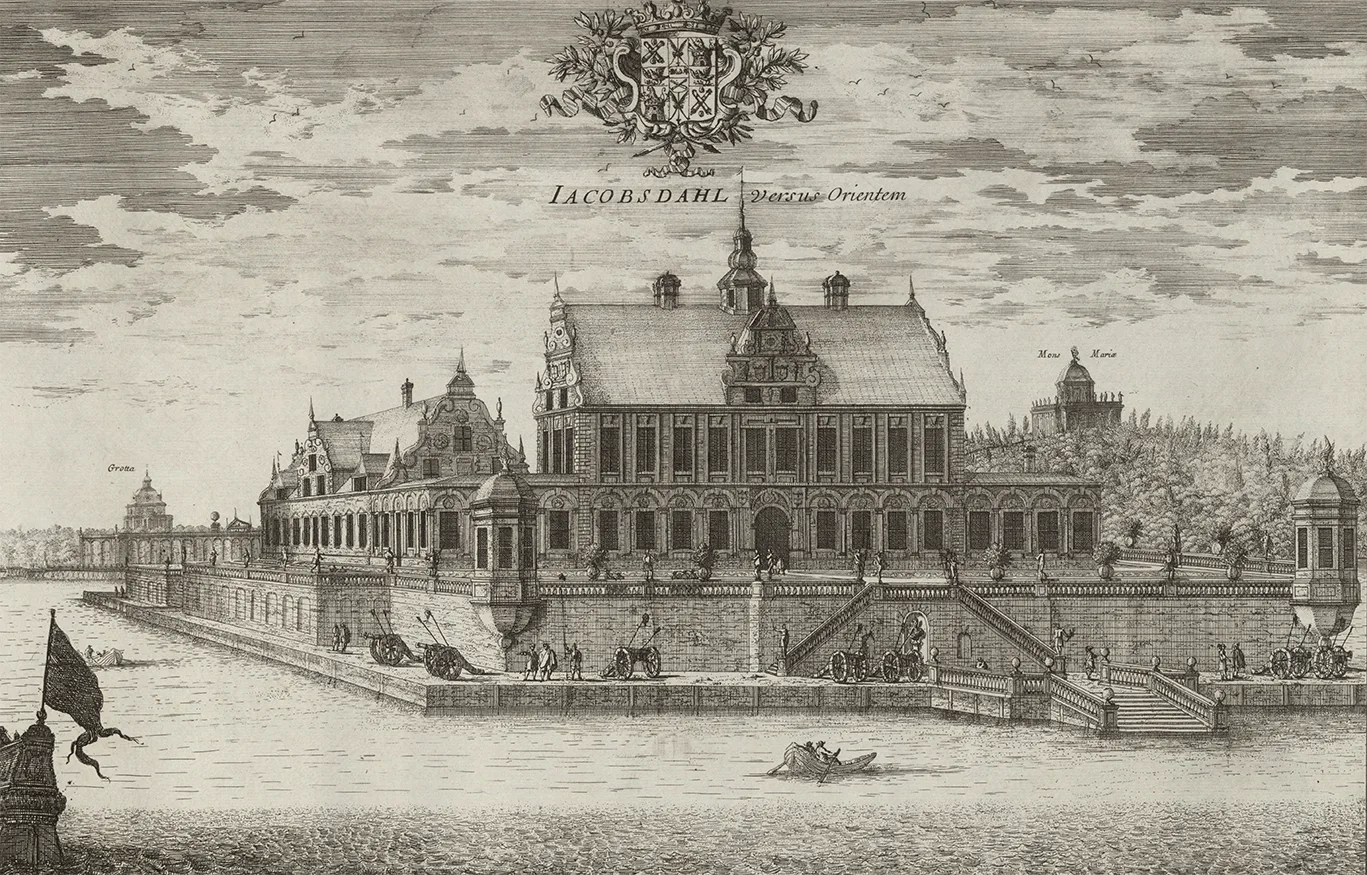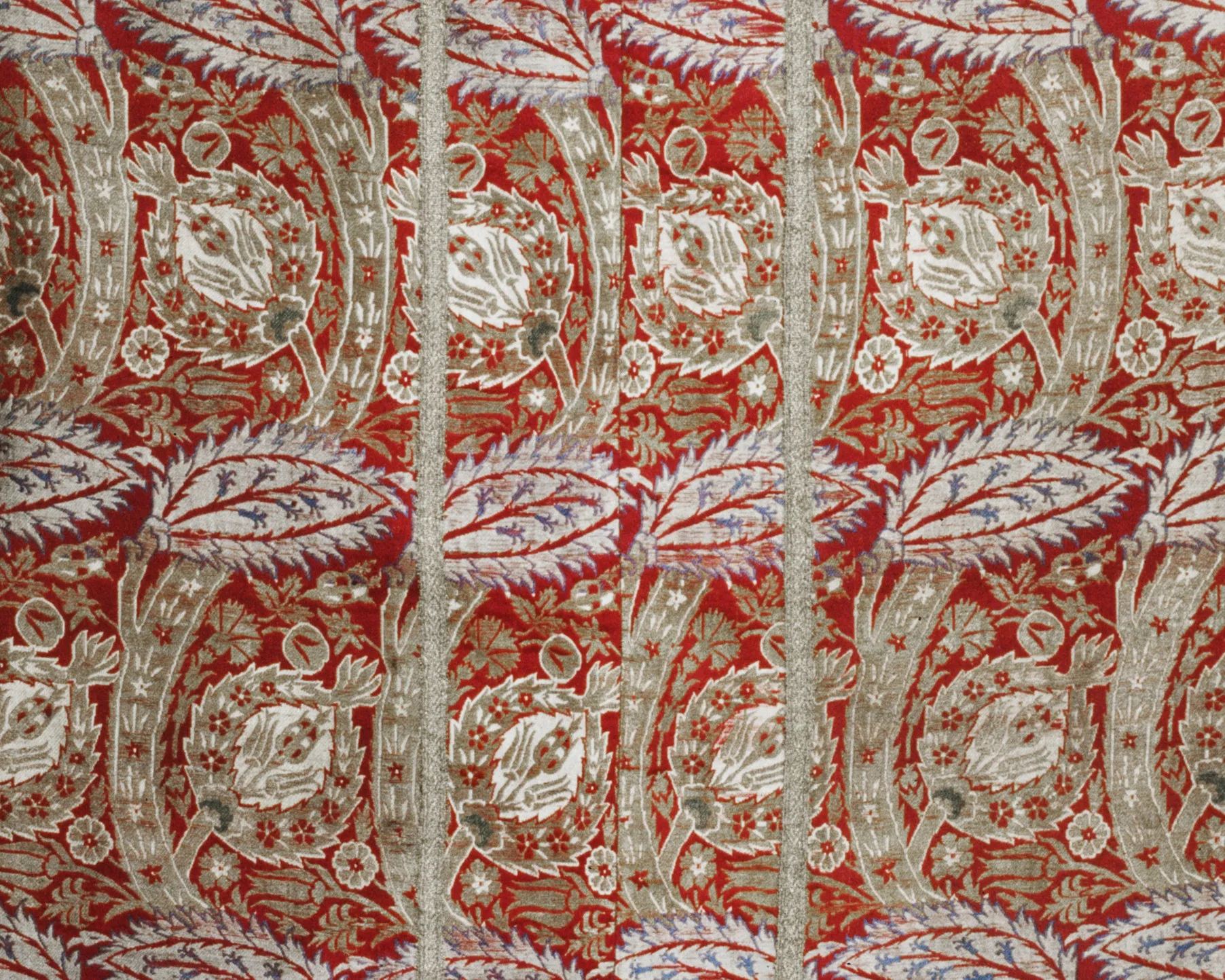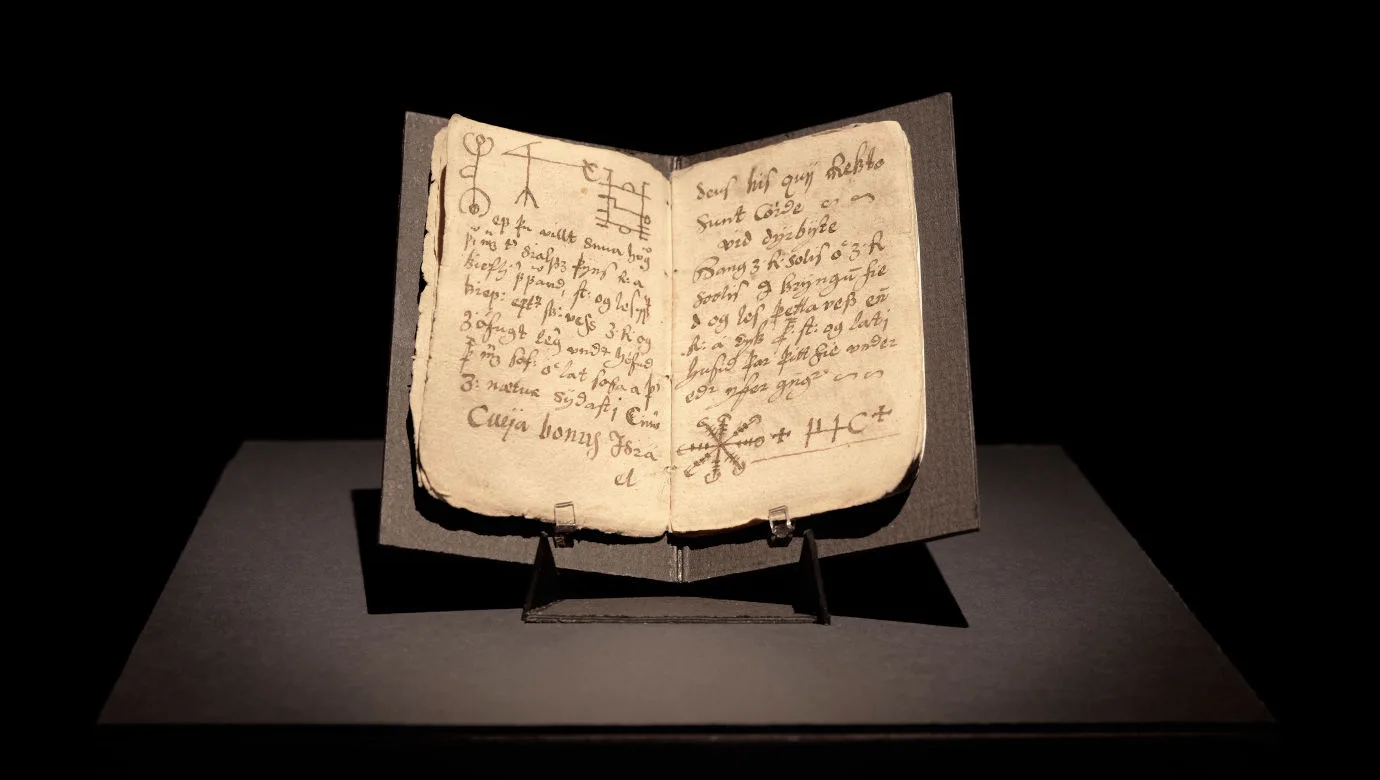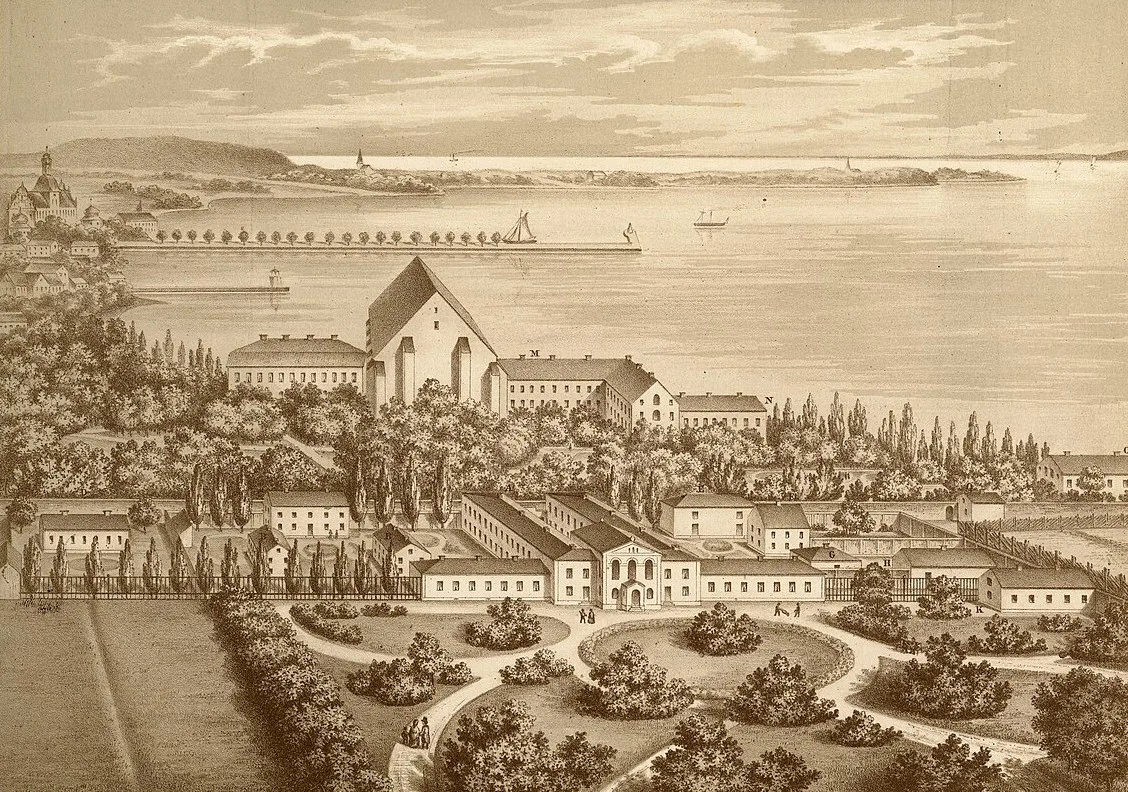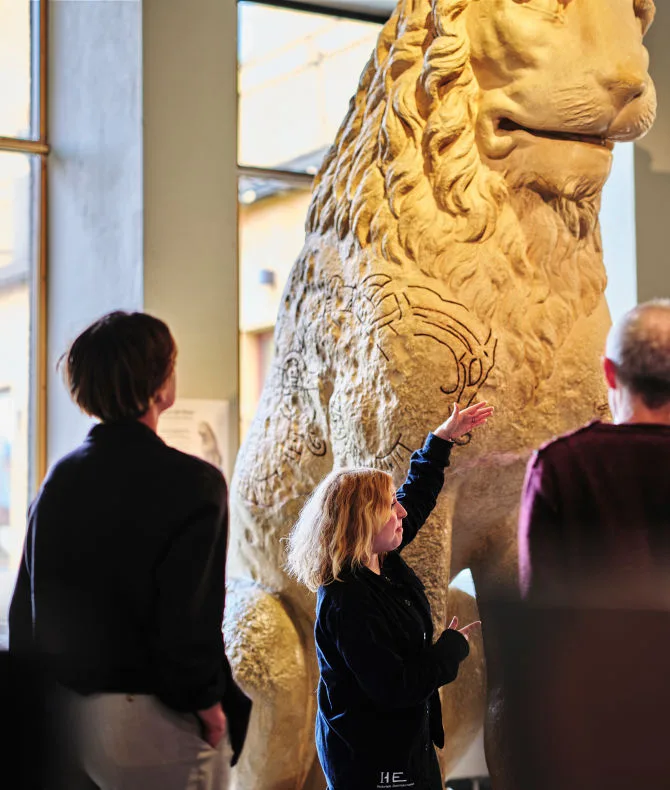Hidden treasures from the Snapphane era
Viking Age
AD 800 – AD 1100
Middle Ages
AD 1050 – AD 1520
Modern Age
AD 1520 – AD 2025
The Scanian War
Between 1675 and 1679, war raged in the former Danish province of Skåne. Sweden had seized the region under the Treaty of Roskilde in 1658, and now Denmark sought to reclaim it. The Scanian War was part of a larger European conflict involving France (then allied with Sweden) and a coalition of states including Denmark. The fighting extended beyond Skåne, affecting Bohuslän, Halland, Blekinge, and Västergötland.
The war between Sweden and Denmark was brutally violent. The Battle of Lund in 1676, for example, remains one of the bloodiest in Swedish history. Even those who never saw combat lived through deeply unsettled times.
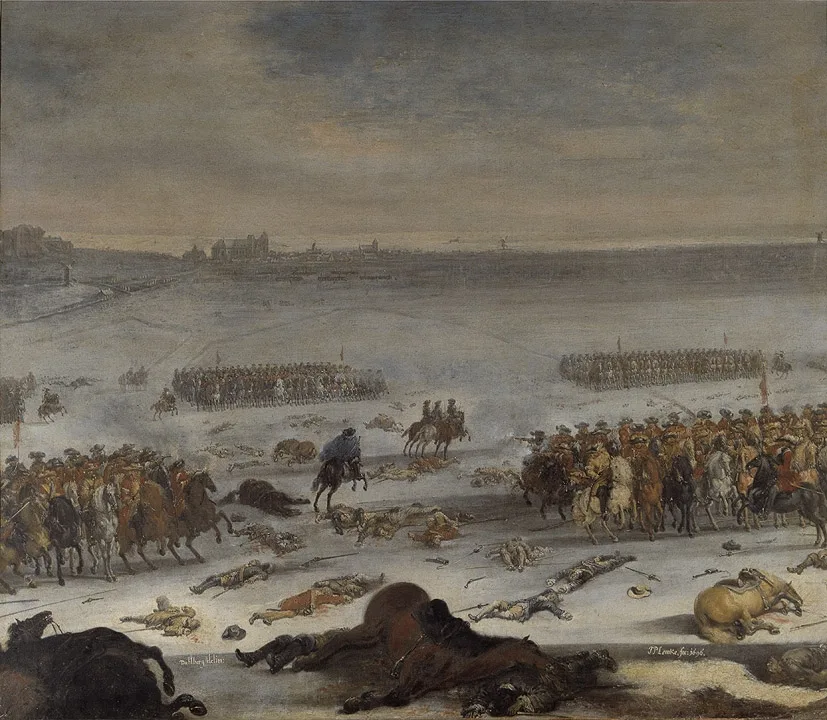
Were they bandits or freedom fighters?
This was not a war fought only by regular armies. Irregular forces also took part, including units of Danish-aligned free shooters and peasant levies. There were also bands of outlaws and forest dwellers, known for highway robbery both in wartime and in peace. Collectively, they are referred to as snapphanar.
These groups have been portrayed both as ruthless brigands and as courageous resistance fighters, depending on the teller of the tale.
Silver in the soil
In the 1930s, a field in Hjortshög in Kropp parish, Skåne, was being ploughed when a remarkable hoard was unearthed. It contained a large number of coins, decorative costume fittings, and silver items.
The jewellery had been carefully wrapped in a piece of linen, possibly the cuff of a shirt, and placed in an earthenware pot. The coins, also wrapped in linen, were found in a grey and white stoneware jar dating to the mid-1600s.
Most of the jewellery in the hoard dates from around 1500–1525, meaning the pieces were already quite old when they were buried. One fitting in the collection features an engraved image of the Madonna and Child, along with a small "M" for Maria.

Belt ornament
Found at Hjortshög, Skåne.
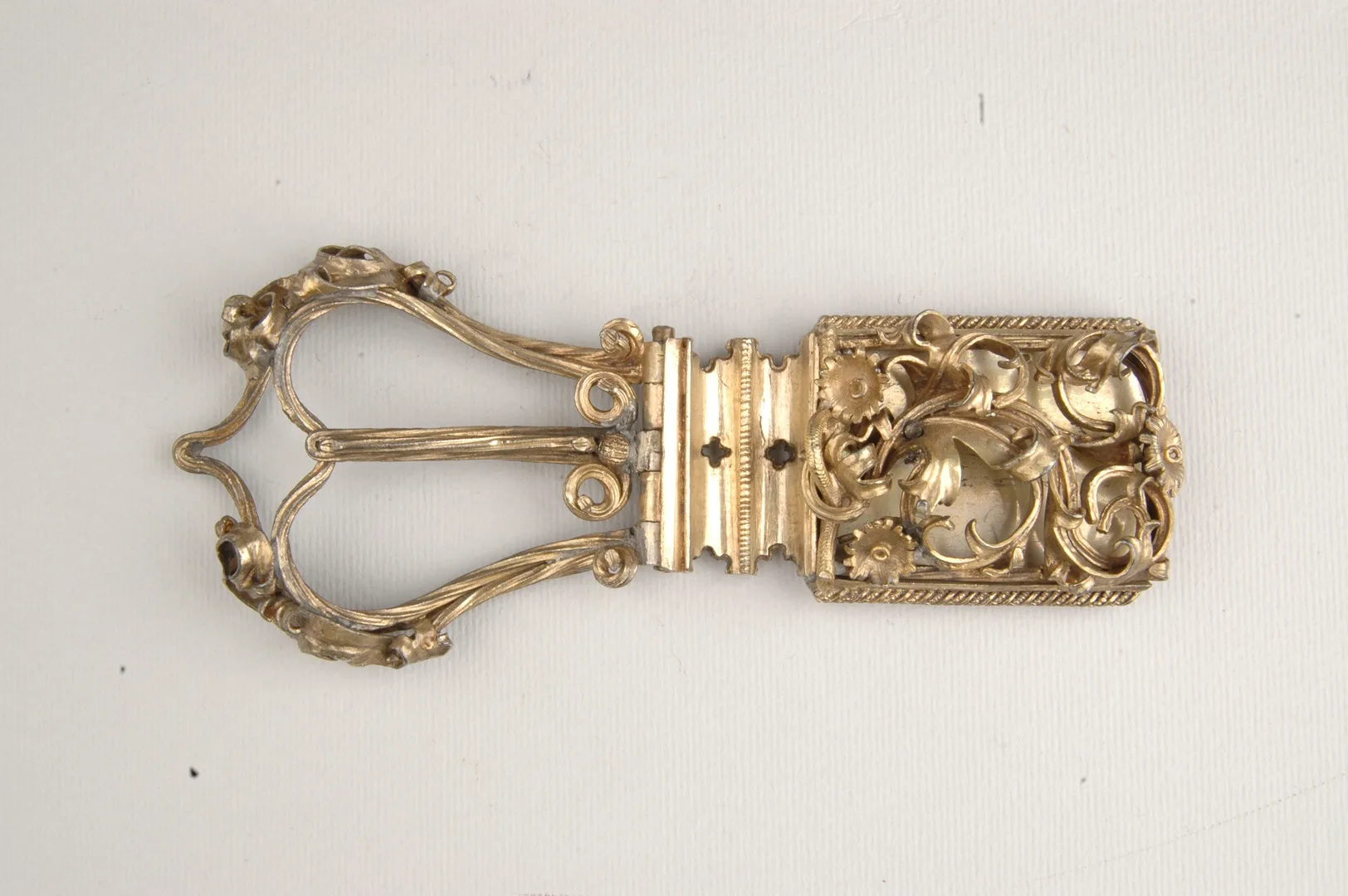
Belt buckle
Found at Hjortshög, Skåne.
Weddings and tragedy
As early as the Middle Ages, it became fashionable to wear ornate belts, buckles, and fittings. The traditional dress of the rural population in Skåne changed little between the early 17th century into the 19th centry. In Skåne, it was common for those who could afford it to have elaborate outfits made for their wedding. These garments then served as formal attire for many years and were often handed down from mother to daughter. Large silver ornaments were a key part of the bridal outfit.
The costume jewellery in the Hjortshög hoard may well represent such bridal silver, treasured across generations. The coins, however, all date from the 17th century, perhaps they belonged to the family’s patriarch?
It is likely that the family who buried the Hjortshög hoard perished in the war, or fell victim to famine or disease in its wake. The treasures from the Snapphane era speak not only of splendour and wealth in 17th-century Skåne, they also bear witness to the tragedies played out in the shadow of great power politics.
